FROM Longford, I’ve spent a lifetime working with horses. A BHS-qualified instructor, I taught at the legendary Iris Kellett Riding School, then won the gold medal awarded during the Irish National Stud’s breeding course.
After working all over Europe with hunters, show jumpers, eventers and polo ponies, I spent a season breaking yearlings at Sheikh Mohammed’s Kildangan Stud.
My love for the breed grew when I set up an equestrian centre in Longford and found the Irish Cob’s temperament to be exceptional for novice riders. I volunteer as an instructor for disabled riders, was on the equestrian coaching team when the Special Olympics came to Ireland in 2003 and qualified some of my Irish Cobs for the event in Kill.
I later managed an Equestrian Rehabilitation training programme, set up by the Eastern Health Board at Coolamber Manor for recovering drug users, where most school horses were Irish Cobs.
Today, I have the Devine Equestrian Irish Cob Centre of Excellence in Co Longford, breeding exclusively piebald and skewbald Irish Cobs. A HSI-qualified coach, I have one son Eoin and I work full-time in Longford County Council’s Environment section.
I also have a small Aberdeen Angus herd, miniature ponies and small animal therapy unit on the farm. These animals are used on a voluntary basis for local community groups and special needs children to interact with.
1. What makes the Irish cob unique?
The magnificent Irish Cob, with all the attributes that make them so special, is one of the most sought-after horse breeds in the world. This ancient indigenous breed is a part of Irish living heritage and adds great value to our Irish culture, tourism, biodiversity, economy and history.
2. Tell us about your Irish Cob Studbook role?
The Irish Cob studbook was set up by the Irish Cob Society in 1998 and then taken over by Horse Sport Ireland in 2013. As an advocate for this indigenous Irish breed, I’m continuously trying to promote, protect and preserve this native Irish breed.
A Grade One Inspector for the Irish Cob studbook with Horse Sport Ireland (HSI), Devine Equestrian studfarm is volunteered to host these inspections.
The Irish Cob breed is termed ‘Critically Endangered,’ with less than 95 breeding mares and 21 Elite approved stallions registered in 2022.
We’re at risk of losing our remaining bloodlines and the studbook must increase its population significantly to ensure the long-term survival of the breed.
Last year, I made a successful funding application to the Genetic Resource Grant Aid scheme. The purpose of this Irish Cob genotype project was to evaluate the breed’s DNA and avoid future dilution of the breed.
The findings of this HSI-supported project, with the assistance of Weatherby’s Scientific and Teagasc geneticist Nóirín McHugh, have shown that the Irish Cob is a ‘true’ breed.
3. Proudest moment as a breeder?
I was very proud last August to have three exceptional wins by Liberty’s Just In Time’s progeny at the CHAPS championship show in Grantham.
Liberty’s Just in Time is my Elite Traditional Piebald Irish Cob Stallion and was bred by Seán Murray at Ballydangan Irish Cobs, Co Galway.
Divine Definition, a two-year-old, and the yearling Divine Excellence had an amazing week, gaining huge accolades. Divine Definition won his class, was reserve youngstock champion and also placed in the Open class.
Both colts earned near-perfection scores in their youngstock evaluations and went into the evening championship, where Divine Excellence was the reserve overall champion. Owned by RNR Traditional Irish Cobs, USA, they’re trained by Joey Granton.
4. Faced with the decline in numbers, what have you done to promote the breed?
In 2016, I set up the Devine Equestrian team to showcase this traditional breed.
This team of stallions - same height, colour and conformation - were bred solely for the project and reared together as foals. They certainly offer an impressive and unforgettable picture when shown in a line-up.
Showcase events include the “Longford Gathering” attended by President Michael D. Higgins; Tullamore Show and a Nationwide documentary in 2013.
In 2015, Devine Equestrian, together with Ballydangan Irish Cobs, organised an Open Day.
Both herds of Irish Cobs and associated memorabilia were exhibited at this ‘Journey Through Time with our Native Irish Cobs’ event during Heritage Week.
I also organised a photographic exhibition featuring stunning images of our native breed in Longford library. Nationwide did another documentary that year.
In 2016, I wrote two articles; ‘Breed on the Edge’ and ‘Where have all our Irish Cobs gone?’ for the UK magazine Heavy Horse World and The Farmers Journal to highlight the seriousness of declining numbers.
Devine Equestrian, Ballydangan Irish Cobs and HSI organised an exhibition of Irish Cobs, photographs and barreltop wagons at Tullamore Show to promote the breed the following year.
In 2018, I organised an ‘Irish Cobs and the Traveller Way’ Open Day here. Cobs from the Devine Equestrian and Ballydangan herds, barreltop wagons, harness and other paraphernalia associated with the breed were on display, Andy Daly, one of Ireland’s last remaining wheelwrights, exhibited his work on the day.
That same year, both myself and Seán Murray exhibited Cobs at an international conference at the RDS with HSI. All five native Irish horse breeds were represented that day.
I organised another Open Day last year in Longford. All the agencies involved in the genetic testing project - Horse Sport Ireland, Department of Agriculture, Food and Marine, Teagasc, Weatherby’s Ireland, Heritage Council of Ireland, the Irish Native Rare Breed Society, Irelands Hidden Heartlands, Fáilte Ireland, Longford Tourism and Longford County Council - and the local community came to meet one another and this magnificent horse breed.
Last August, Devine Equestrian participated in a documentary with Agri-Insider TV as part of their rare breed series, highlighting the need for Irish Rare Breed status for the Irish Cob.

Irish Cobs on parade during the Gathering in 2013 in Abbeyshrule, Co Longford
5. Your Traditional Irish Cob template?
I’d hope to breed a Cob with plenty of bone, substance, and quality, capable of carrying a substantial weight.
The Irish Cob should exhibit intelligence, kindness, and docility traits, be well-mannered and ideal for nervous or elderly riders.
6. Breeding cobs – hobby, profitable, labour of love?
Certainly a labour of love. I have always had a passion for the breed and am fortunate to have a herd of 25 quality piebald Irish Cob breeding mares and Liberty’s Just In Time, a remarkable 16.2 piebald stallion. The breeding season can be extremely busy with foaling, covering, scanning, dosing and handling foals.
7. Irish Cobs - going global?
Originally bred and developed by the Irish travelling community to pull their barrel-topped wagons, the breed is recognised worldwide as having originated from Ireland.
Today, the Irish Cob Studbook is the mother studbook and has both daughter studbooks and affiliates in The Netherlands, France, Germany, Finland, Denmark, Norway, Austria, Estonia, Italy, Spain, USA, Australia, New Zealand and the Czech Republic.
8. Incentives you’d like to see?
I’ve just finished compiling ‘Proofs of the Breed’, a document for HSI, regarding an application to the Department of Agriculture, Food and the Marine (DAFM) to award Native Rare Breed status to the Irish Cob. With this status and inclusion in Tranche Two of the DAFM’s ACRES scheme, it’s hoped that the Irish Cob studbook will grow in numbers.
9. If you could have bred any horse?
The Old Lion King, a remarkable Irish Cob piebald stallion that had a great influence on the breed. He was a descendant of the Old Henry Horse, The Sham, and all the way back to Shaws Grey Horse from 1941. Quite an ambassador for the Irish Cob breed.
10. Best part of breeding?
Guess it would have to be seeing a new-born foal taking its first steps and suckling its dam. Most foals are born in the very early hours and at that stage you know you can safely go back to bed!
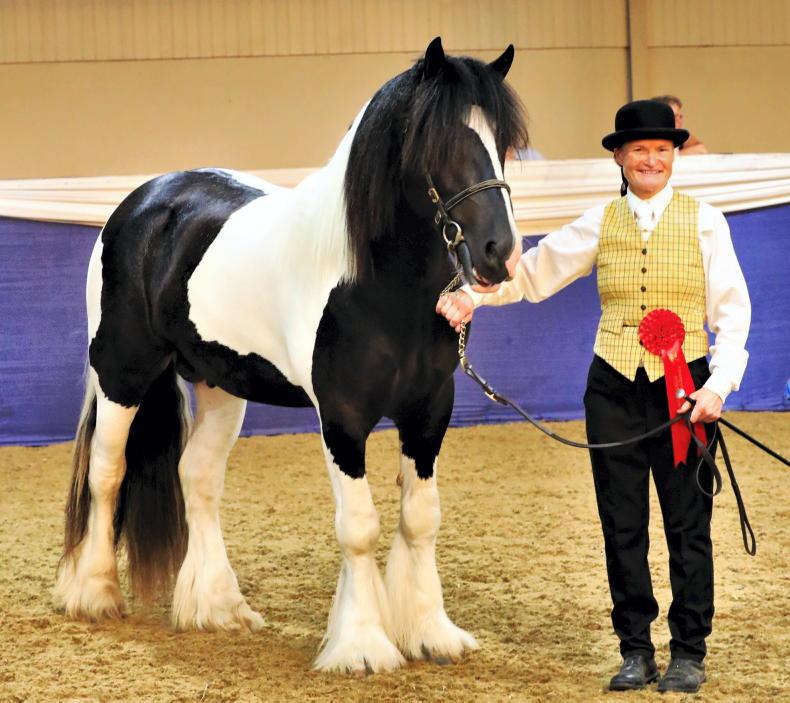



 This is a subscriber-only article
This is a subscriber-only article
 It looks like you're browsing in private mode
It looks like you're browsing in private mode




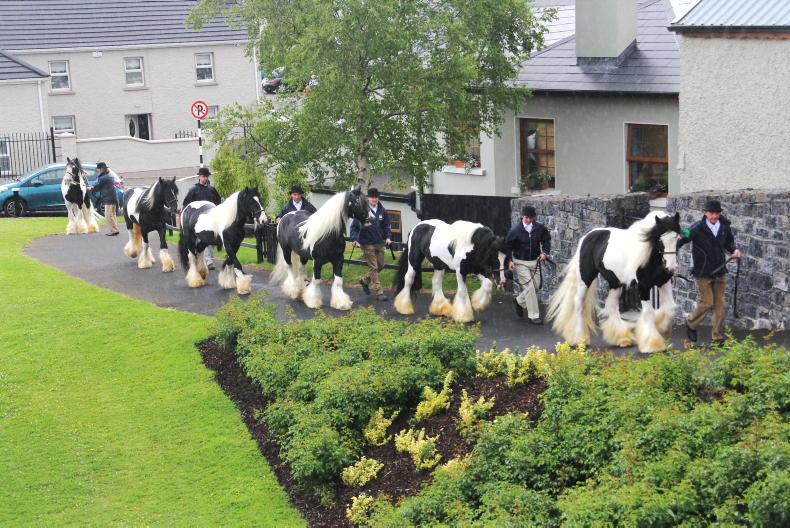

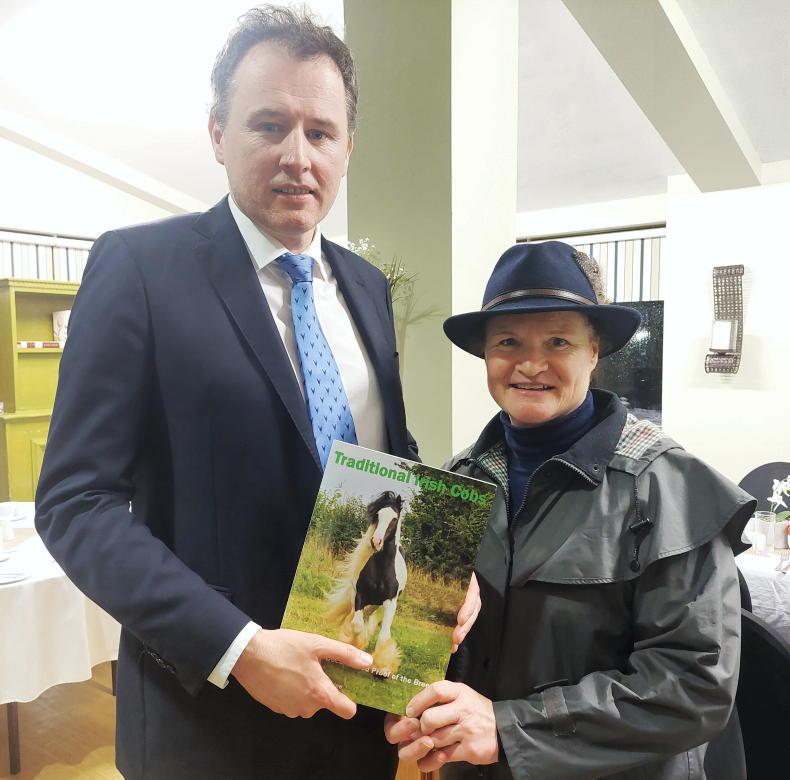
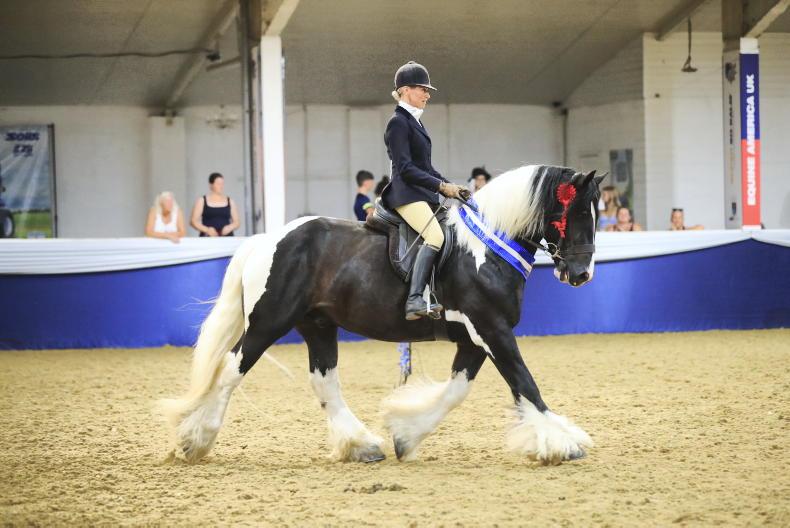
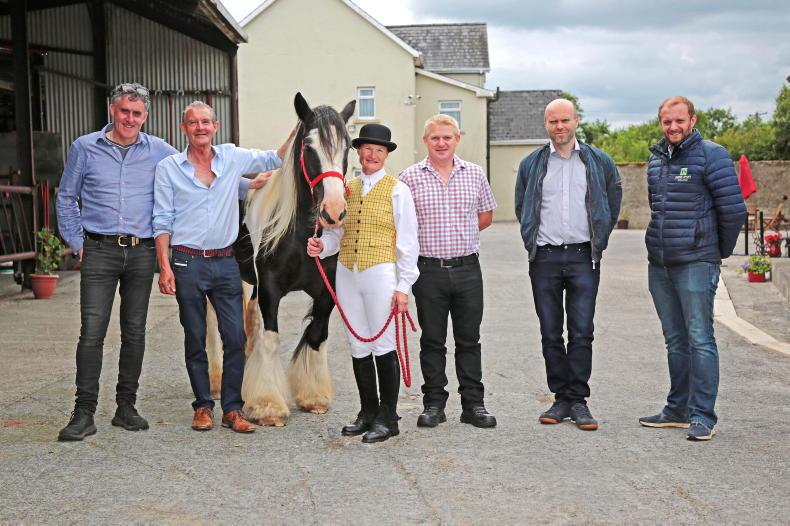
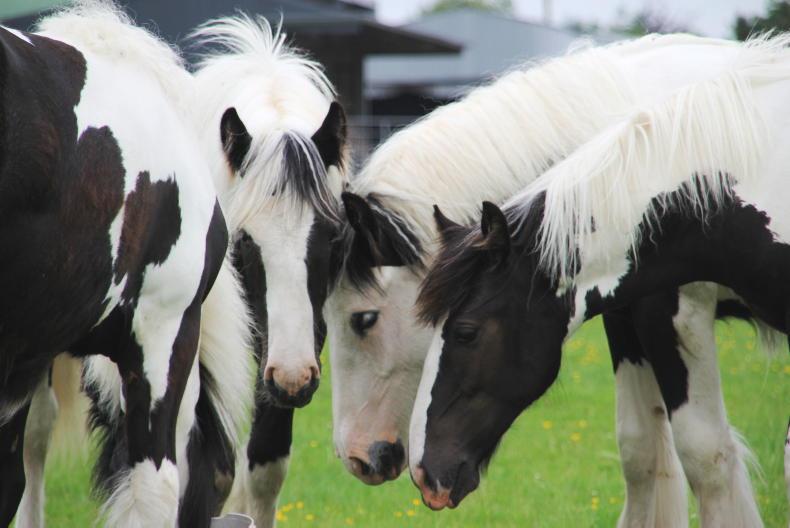
SHARING OPTIONS: